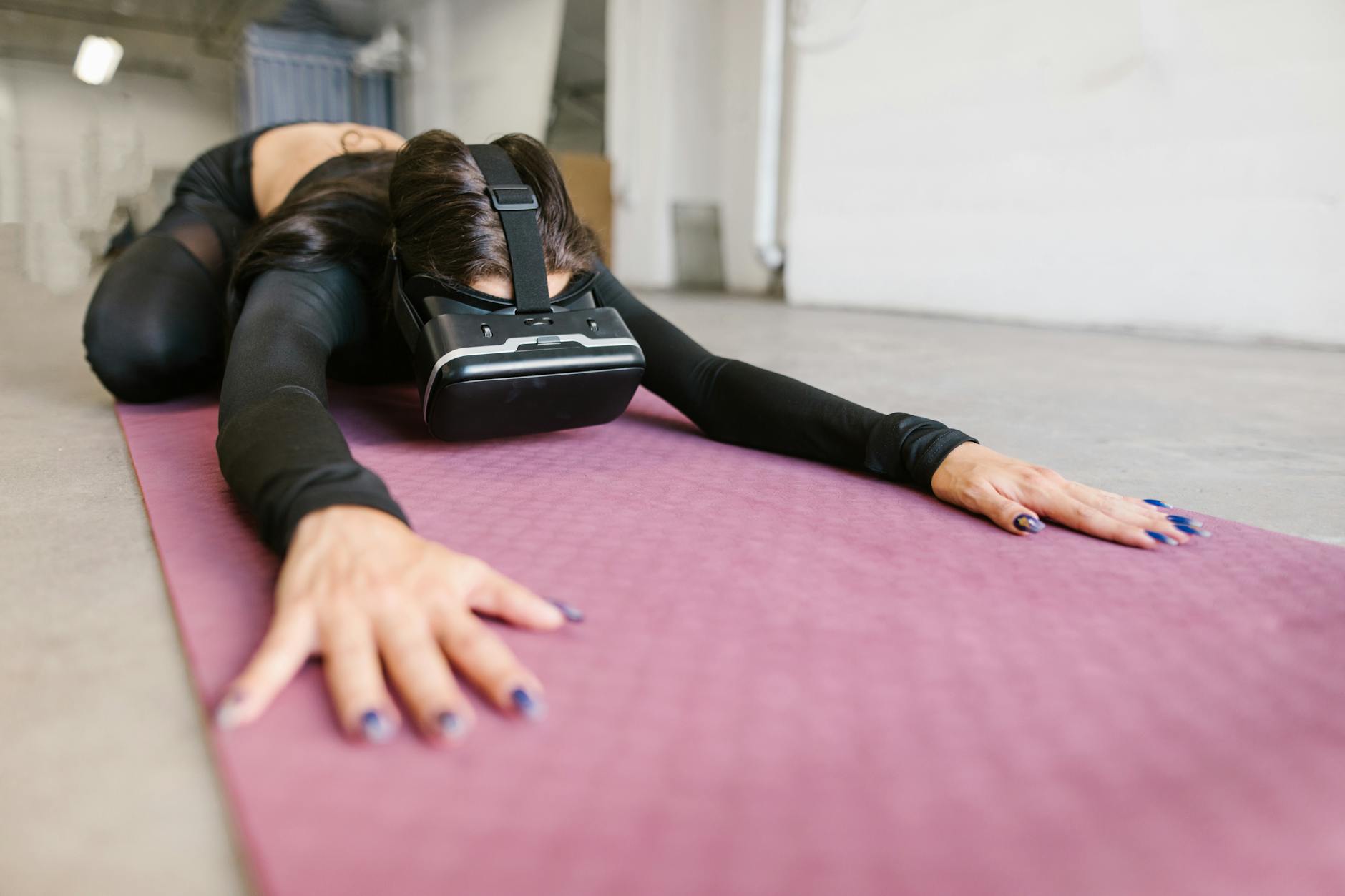The world of snowboarding is undergoing a transformative shift, driven by revolutionary technology that’s reshaping health and wellness for riders. This innovative wave is not just about enhancing performance but is also focused on improving overall health in ways we could have only dreamed of until now. Imagine a future where every carve, jump, or trick you perform not only sparks joy but also actively contributes to your physical wellbeing.
As we dive into the details of this cutting-edge tech, it becomes evident that it’s more than just a gadget or a trend; it’s a true game changer for snowboarders everywhere. From monitoring health metrics while soaring down slopes to providing tailored recommendations for recovery and fitness, this technology is creating an exhilarating embrace between thrill and wellness.
At the core of this revolution lies a suite of advanced wearable devices designed specifically for snowboarders. These aren’t your run-of-the-mill fitness trackers; they are high-tech goodies equipped with sensors that monitor everything from heart rate and respiration to body temperature and muscle tension. They seamlessly integrate with smartphone apps, providing real-time analytics that allow riders to track their performance and health metrics.
What’s more, this technology excels in creating a holistic picture of a rider’s state while on the mountain. By harnessing data analytics and artificial intelligence, these devices offer insights that help identify potential injuries before they manifest, thereby transforming risk management in the sport. By allowing users to be proactive rather than reactive, snowboarding enthusiasts can enjoy their time on the slopes without the looming worry of injury.
The health benefits attributed to this innovative technology are nothing short of spectacular. With continuous health monitoring, users can detect irregularities that might indicate fatigue or impending injury, enabling timely interventions. This real-time feedback allows snowboarders to adjust their efforts and avoid overexertion, which is a common issue for enthusiasts who strain themselves in pursuit of the ultimate ride.
Moreover, the meticulous tracking of biometric data plays a crucial role in recovery. After a demanding day on the slopes, athletes can analyze their performance and fatigue levels, effectively tailoring their post-ride recovery routines. This tech helps in identifying optimal rest periods and effective recovery strategies, significantly enhancing the balance between rigorous activity and necessary downtime. In essence, this is a movement towards a smarter, more sustainable approach to snowboarding that can rejuvenate not just bodies but also passion for the sport.
Snowboarders equipped with this revolutionary tech often share experiences that are nothing short of inspiring. The instantaneous feedback and data-driven insights contribute to a deeper connection with their performance on the mountain. Each run transforms into an opportunity for introspection and enhancement, as riders evaluate their technique and physical condition with unprecedented detail.
But it doesn’t stop there; community aspects are burgeoning, thanks to built-in sharing features. Users can connect with friends and peers, encouraging each other through shared performance metrics and health journeys. Competitive spirit is fostered not only through traditional means but through this new realm of quantified self-improvement. Enthusiasts are celebrating their journeys openly, creating a camaraderie that transcends just the love of the sport.
The future of snowboarding health, fueled by this innovative technology, looks incredibly bright. As manufacturers continue to refine and enhance their offerings, we can expect more sophisticated capabilities. Integration with virtual reality and augmented reality is already on the horizon, enabling immersive training sessions that maximize skill enhancement while minimizing injury risks. Imagine practicing techniques and skills in a controlled environment before hitting the slopes—this tech can make that dream a reality.
Additionally, significant advancements in data analytics pave the way for personalized training regimens that cater to each user’s unique physical attributes and goals. The potential for tailored programs tailored to specific skill levels, age groups, and physical conditions is immense. As this technology evolves, it is poised to redefine not just how snowboarders engage with their sport but also how they safeguard their health for years to come.
This revolutionary tech is not merely altering snowboarding; it’s positioning the sport as a central pillar of health and wellness. Snowboarding enthusiasts can now revel in their passion with a renewed focus on physical health, transforming the outdoor excitement into a holistic lifestyle choice. Innovations in health tech empower riders to recognize the symbiotic relationship between thrill-seeking and well-being, opening doors to endless possibilities.
Moreover, the collective consciousness around health and technology is prompting broader cultural changes. Families are bonding over shared experiences on the mountain while prioritizing safety and wellness. This community-oriented mindset not only fosters richer experiences but also an enduring commitment to enjoying snowboarding safely and sustainably. The marriage of passion and health is not just a fleeting trend; it’s a movement that is here to stay.
What kind of health metrics can these devices track?
Most wearable devices are designed to monitor a variety of health metrics, including heart rate, body temperature, muscle tension, and even oxygen levels. This data helps snowboarders manage their physical exertion and identify potential health issues before they escalate.
Will this technology replace traditional training methods?
While these advancements significantly enhance training and recovery, they are not meant to replace traditional methods. Instead, they serve as supplemental tools that provide data-driven insights to support athlete performance and health.
Can I use this technology for other extreme sports?
Absolutely! Many of these wearables are designed for a variety of outdoor sports and activities, including skiing, mountain biking, and rock climbing. They can easily adapt to multiple athletic disciplines.
Is this technology affordable for all riders?
Prices vary based on the features and brand. While some models can be pricey, there are also budget-friendly options available that still offer significant tracking capabilities. Ultimately, investing in your health and performance can yield considerable returns in both safety and enjoyment.
Image Credit: Pexels
